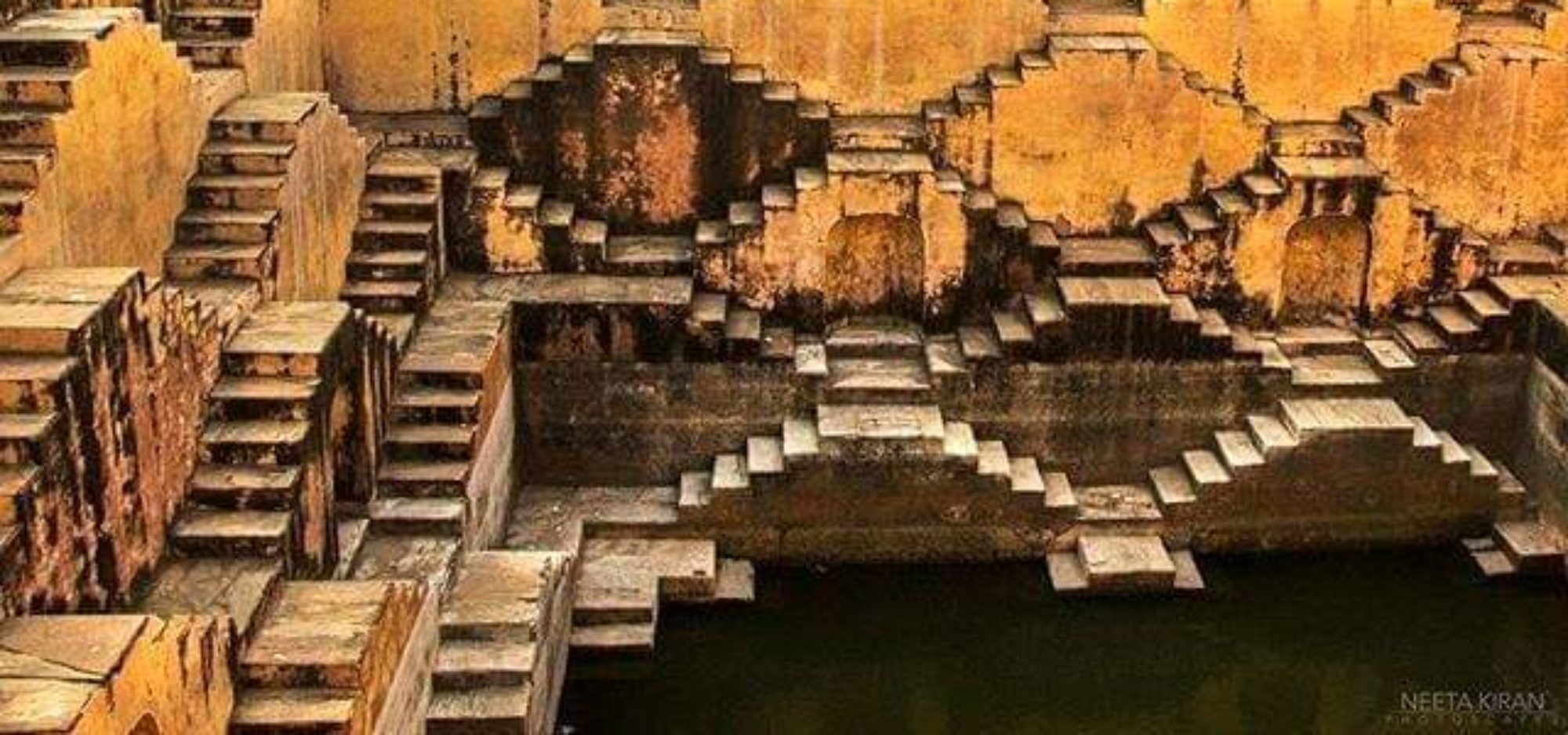Temples – beyond the site plan: The word Devalaya is usually translated as “Hindu Prayer Hall” or “Hindu Place of Worship”. However, the temples of Bhaarat were not just made for religious congregations. As the name suggests it is like ‘Alaya’ house for the ‘Deva’ deity. Like a house, it had multiple uses other than just being a shelter. Devalayas were used for various purposes like the ones mentioned below which are some of the purposes I have come across in my travels.
Social gatherings: Many social gatherings like Panchayat Meetings (Village Council), Jathi Baithaks (Community Meetings), Krishi Yojana Baithaks (Agricultural Planning Meetings) etc. were usually held in the Devalaya premises.
Samskaras and other functions: The 49 to 53 Samskaras being very important events were conducted in the temple premises for those people, who were unable to conduct them in their homes. Even otherwise some people wanted to conduct these Samskaras in the premises of the Deity, then they were allowed to. This is being followed even today in many temples. Samskaras like Namakarana, Annaprashana, Choodakarna, Aksharabhyasa, Upanayana, Vivaha, Shashti Poorthi, Sarva-Samskara etc. are conducted in many temples.
Preparing Medicine and for other medical purposes: Many of the temples even to the present day give medicine for different ailments. This practice has been cultured as many Devalayas used to be like Pharmacies and they would produce medicines with the help of the local Vaidya and herbs locally grown.
Library of manuscripts of scriptures: Many of the Devalayas to the present day house some of the most precious manuscripts. This is because they might have been libraries for manuscripts.
Schools and Viharas: Some of the Pathashalas or Gurukulas were held inside the temple premises. Some of the Devalayas were huge Viharas housing hundreds of students doing higher studies.
Places for Arts & Culture: Devalayas like Konark or Belur host annual cultural events even to the present day. This is because the Devalayas were upholders of arts and culture too.
Kothara (Granary): Most of the Devalayas have Kotharas in their backyards. These were granaries. They would store grains and these grains would be used during temple festivals and also during droughts or floods.
Dharmshalas (Dormitory for travellers): The Bahir Prakara as well as the Madhya Prakara had Jaggalies or Verandas. These were well protected from sun and rain and were used as Dharmshalas. During temple festivals and during travel seasons, these were given as dormitories for travellers.
Viprasattras (Hospice with Kitchen): Hospices where people who were on a Diksha (vow to follow a certain regimen) like Swayampaka (self-cooking) were allowed to cook their own food and in some cases the Devalayas would provide the provisions.
Prasuthishalas (Maternity Homes) In some cases there were some proper structures in the Devalaya which would almost be a dark room. There wouldn’t be any structure inside and these structures were used as a Prasutishalas or delivery room. The women in labour, the Daie, the Vaidya and other people associated with Jatakarma Samskara would assemble there to conduct deliveries.
Math (Monasteries) for Parivrajakas (travelling Monks): Some of the Devalayas used to house Maths or Monasteries. These would usually have a Mahtadhipati or Head Monk and he and his team would take care of travelling monks. Praivrajakas were monks who would be travelling across the country to acquire knowledge. Parivrajakas were commonplace in Bharata at one time and they needed places to rest as well as gain knowledge. These maths were the ideal places and like landmarks for the travelling monks, who would be mostly travelling on foot.
For patronage of Artisans and Craftsmen: The temple festivals and sometimes even daily pujas included many items hand crafted by Artisans and Craftsmen. These were patronised by the Devalaya. I have known one temple in Yadgir District which uses material hand crafted by 56 artisans for the temple festival. Even to this day, the 56 communities assemble at the temple premises and contribute their goods and then the temple festival is flagged off.
For Astrological Consultation: Usually the temple priests would be adept at Jyothisya. People from nearby villages would go to the temple for astrological consultation and counselling.
For Puja and not just Prayer: Puja in Bharata is not prayer that happens out of a helpless state of mind. The word Puja has two syllables ‘Pu’ meaning Purnata – Completeness arising out of Gratitude and ‘Ja’ meaning Janana. Hence, “Puja is an offering that comes out of a feeling of completeness happening from a space of gratitude.” Hence, it is not just prayer, a Puja is done as an expression of gratitude to Gods or Goddesses for showering their blessing unconditionally on us.
(to be continued)






Leave a Reply